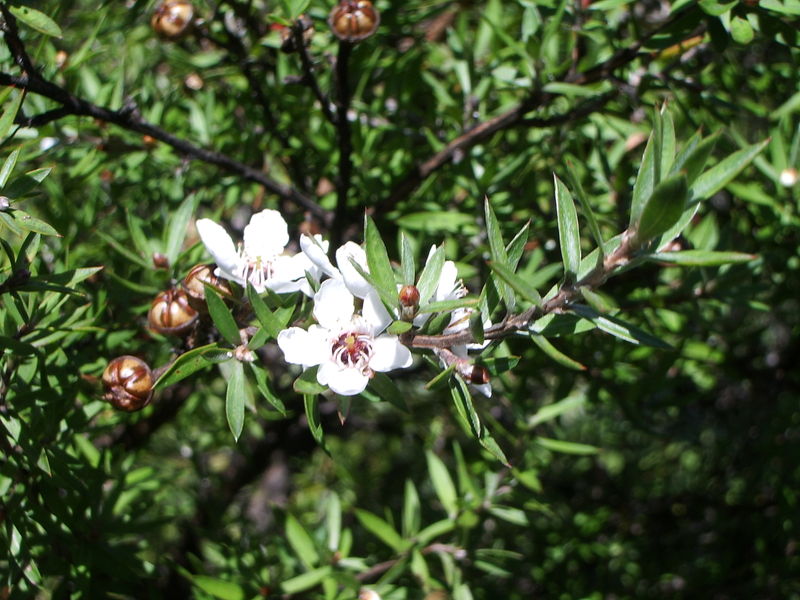Hello All!
Thank you so much Renee, for asking me to be your guest blogger.
It was the last thing I expected, among other things, like
collaborating with me
to try a first time meditation and mandala workshop together for later
this November!
I started coloring mandalas as a hobby about 6 years ago, in 2007,
this November!
I started coloring mandalas as a hobby about 6 years ago, in 2007,
when my life was quite different than now.
I found several Susanne Fincher books at Barnes and Noble,
and fell into all types of mandalas: Mosaic pieces that reminded me of my
western Christianity and Roman Catholic churches I have attended for all my life. Their windows, made of stained glass, created a spiritual atmosphere.
The mandalas brought me right back to these memories and sacred spaces.
As I paged through the mandala books I admired the Native American “dream weaver” types of mandalas with the
whimsical alligator or feathers attached to the mandala designs..and often
recreated in wind chimes and housewarming ‘good luck’ wall hangings to protect the people and the space
from bad spirits.
I have colored 4 different types of mandalas, and after all these years,
I only showed Valerie Beck of Womens Innovative Network at a fashion boutique
and mentioned now to Renee Raville of Simple Life. Simple Health. upon
whimsical alligator or feathers attached to the mandala designs..and often
recreated in wind chimes and housewarming ‘good luck’ wall hangings to protect the people and the space
from bad spirits.
I have colored 4 different types of mandalas, and after all these years,
I only showed Valerie Beck of Womens Innovative Network at a fashion boutique
and mentioned now to Renee Raville of Simple Life. Simple Health. upon
several weeks after meeting her at another women's support group called
In Her Shoes Foundation in Chicago this past September of 2013!
In Her Shoes Foundation in Chicago this past September of 2013!
Susanne Fincher ,with her Master of Arts, is a Jungian –oriented
psychotherapist whose books and mandalas, that I mentioned above, have helped me understand myself, relieve my stress, and
transition into being a better
person and deal with all that life brought my way – good and bad.
In 2007 , I lived in the Gold Coast of Chicago and was burnt out on the singles
party scene. I experienced tumultuous relationships that got nowhere
and engaged in a series of heartbreaks and changes.
Doing the mandalas created a sense of calm, refuge, and focus in my
life that nothing else could achieve (except maybe the Zumba classes that I love so much)!
On page six of book four in her series, Ms. Fincher states, “Creating mandalas provides a stabilizing anchor for individuals.”
Her Mandala photo #1 of a girl with long flowing hair is described by Fincher as,
Doing the mandalas created a sense of calm, refuge, and focus in my
life that nothing else could achieve (except maybe the Zumba classes that I love so much)!
On page six of book four in her series, Ms. Fincher states, “Creating mandalas provides a stabilizing anchor for individuals.”
Her Mandala photo #1 of a girl with long flowing hair is described by Fincher as,
"Being and doing in the world means that your words and actions flow from who you really are.”
I'm now at a point of full creativity with a formerly quiet but now higher state of confidence, energy and balance.
I'm now at a point of full creativity with a formerly quiet but now higher state of confidence, energy and balance.
It may help that I'm in a more committed, monogamous relationship since 2010.
Or perhaps the mandala making put me in a state where I could manifest what I wanted in a relationship.
The mandala making has helped me balance out my gemini personality and the various roles I play/have in my life such as
model, fashionista, PR director, girlfriend, and friend (amongst others).

I am still sensitive and very vulnerable to what other people think of me.
I now express myself and don't hold back so much thanks to the therapeutic affects
of the mandalas and the inner peace and confidence they have cultivated.
Now I am even creating my own designs!
I hope you will join Renee and I as we co-host a mandala/meditation workshop on the 24th of this month, November, 2013.
Feel free to contact her or myself for additional information on this workshop!
chiquijess@rocketmail.com!
I hope you will join Renee and I as we co-host a mandala/meditation workshop on the 24th of this month, November, 2013.
Feel free to contact her or myself for additional information on this workshop!
chiquijess@rocketmail.com!

























































